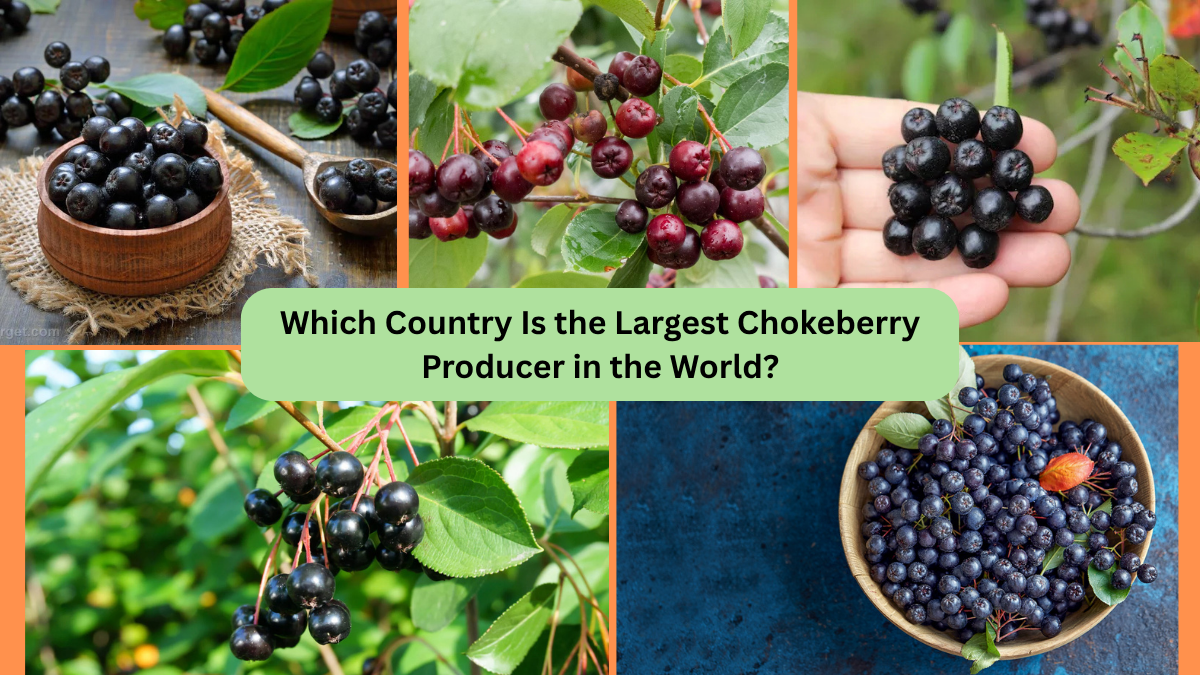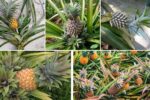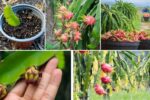In the global conversation about superfruits, a quiet contender has steadily gained recognition for its powerful health benefits — Chokeberry. Known for its deep, dark berries packed with antioxidants, chokeberry has found its way into health foods, juices, dietary supplements, and natural medicines. But where does this remarkable berry flourish most abundantly?
In this article, we’ll explore the fascinating world of chokeberries, their origin, health properties, uses, and most importantly — answer the key question: Which country is the largest chokeberry producer in the world?
What Is Chokeberry?
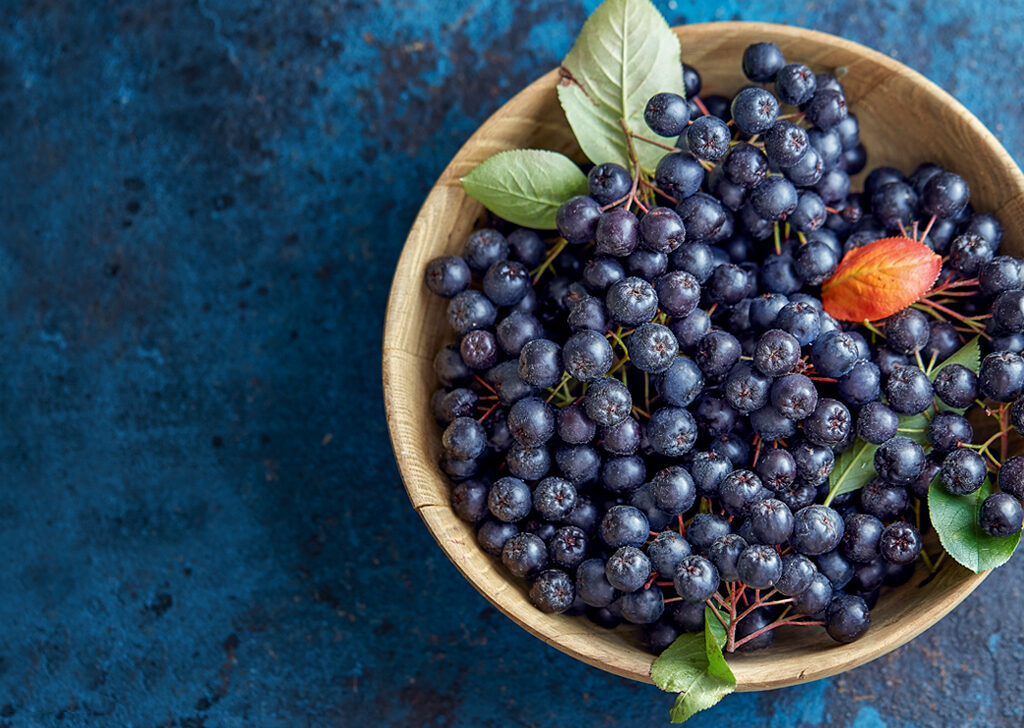
Chokeberry, scientifically known as Aronia, is a small berry-producing shrub native to North America but widely cultivated in Eastern Europe and other temperate regions for its health-boosting properties.
Key Details:
- Scientific Name: Aronia melanocarpa (Black chokeberry), Aronia arbutifolia (Red chokeberry), Aronia prunifolia (Purple chokeberry)
- Common Names: Chokeberry, Aronia berry
- Family: Rosaceae
- Native Region: Eastern North America
- Appearance: Small, glossy, dark purple to black berries growing in dense clusters
- Taste: Tart, astringent, slightly bitter when raw; pleasant in processed forms
Despite their sharp taste when fresh, chokeberries are packed with health benefits and are often processed into juices, jams, wines, syrups, teas, and supplements.
Which Country Is the Largest Chokeberry Producer in the World?
Poland proudly holds the title as the largest chokeberry producer in the world. While the plant originated in North America, Poland has embraced chokeberry cultivation, turning it into a thriving industry.
Eastern Europe, especially Russia, Ukraine, and the Czech Republic, also rank among the top producers, but Poland remains unmatched in both cultivation area and commercial production volumes.
Why Poland Dominates Chokeberry Production
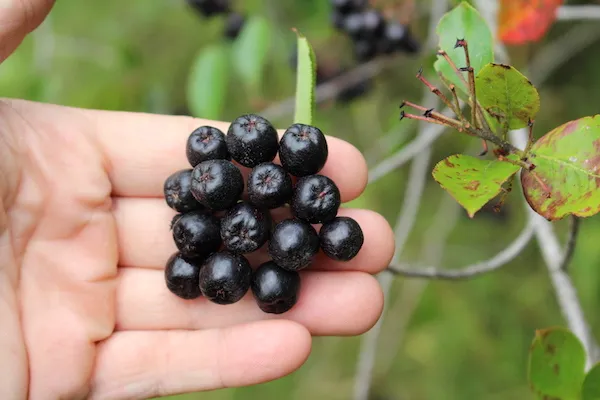
Several factors contribute to Poland’s chokeberry supremacy:
1. Favorable Climate
Poland’s temperate climate with cool summers and cold winters provides optimal growing conditions for chokeberries, ensuring abundant yields and high-quality berries.
2. Rich Agricultural Tradition
Poland has a long-standing tradition of fruit and berry cultivation. When chokeberry was introduced from North America in the 20th century, it quickly became popular for its medicinal properties and market potential.
3. Health Food Demand
Polish consumers and producers are highly aware of the health benefits of superfoods like chokeberries. This demand drives extensive commercial farming for health products, juices, and dietary supplements.
4. Government Support and Export Markets
Support from Polish agricultural programs and a strong export market to Germany, Scandinavia, and the USA have further boosted the chokeberry industry.
How Is Chokeberry Cultivated in Poland?
Polish chokeberry farms range from small family-run operations to large-scale commercial plantations.
Cultivation Highlights:
- Soil Requirements: Well-drained, moderately acidic to neutral soils
- Propagation: Usually through cuttings or root suckers
- Maturity: Shrubs begin fruiting 2–3 years after planting
- Harvesting Season: Late summer to early autumn (August–September)
- Pest and Disease Resistance: Naturally hardy, requiring minimal pesticide use
Modern Polish farms use mechanized harvesters for efficiency, especially on larger plantations.
Global Production of Chokeberry
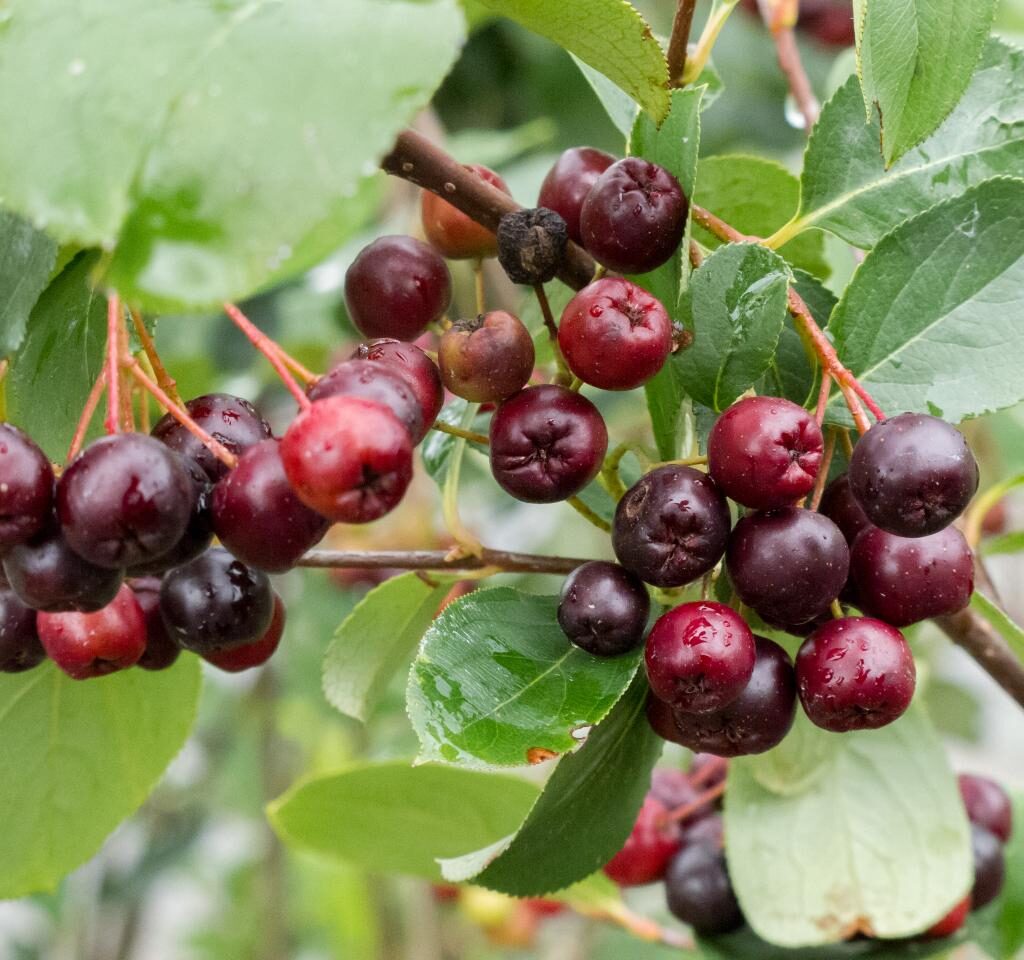
Though exact global statistics are limited due to its niche crop status, agricultural estimates suggest:
- Poland produces over 60% of the world’s commercial chokeberry supply
- Russia and Ukraine combined contribute approximately 25%
- The remaining 15% comes from North America, the Czech Republic, Germany, and Romania
Chokeberry cultivation is also gradually expanding in Canada and Scandinavian countries.
Health Benefits and Nutritional Value
Chokeberry is celebrated as one of the most antioxidant-rich fruits in the world, outperforming many well-known berries.
Nutritional Highlights (per 100g):
- Calories: 47
- Vitamin C: 21 mg (35% DV)
- Fiber: 5.3 g
- Anthocyanins and Polyphenols: Extremely high concentration
- Vitamin K, Manganese, and Folate
Key Health Benefits:
- Powerful Antioxidant Protection: Protects cells from free radical damage.
- Cardiovascular Health: Lowers blood pressure, improves blood circulation, and reduces cholesterol.
- Immune System Support: High Vitamin C content boosts immunity.
- Anti-Inflammatory Properties: Reduces inflammation markers in the body.
- Blood Sugar Control: Helps regulate glucose metabolism.
- Anti-Cancer Potential: Laboratory studies indicate chokeberry’s polyphenols may inhibit certain cancer cells.
Popular Uses of Chokeberry
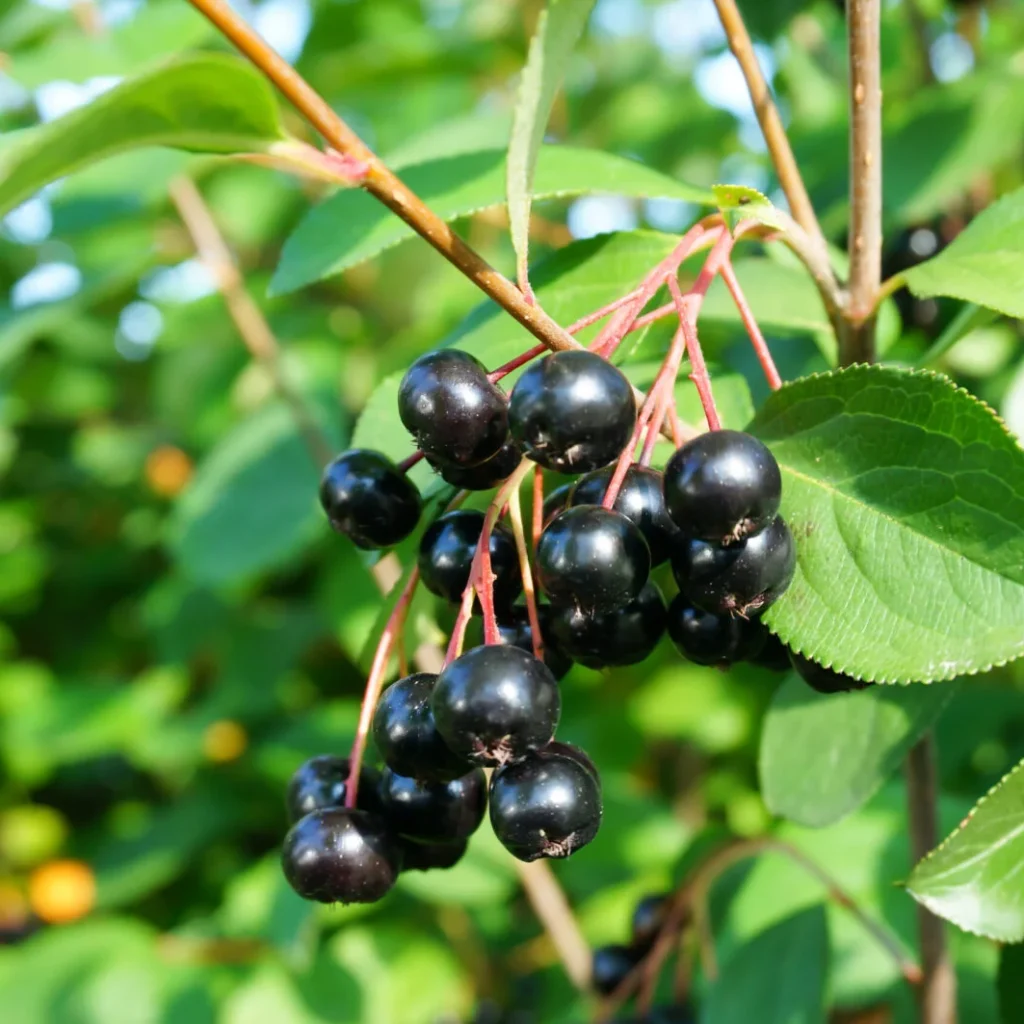
Due to their astringent, tart taste when raw, chokeberries are typically processed into a variety of products:
- Chokeberry Juice: Widely popular in Poland and exported globally.
- Jams and Preserves: Mixed with sweeter fruits or honey.
- Chokeberry Wine and Liqueur: Notable for its deep color and rich, complex flavor.
- Herbal Teas: Made from dried berries or leaves.
- Powdered Supplements and Capsules: Sold as health food products.
- Vinegar and Syrups: Increasingly popular for health-conscious consumers.
Chokeberry in Other Producing Countries
Though Poland is the largest producer, several other nations grow chokeberries:
Russia:
Chokeberries, known as “chernoplodnaya ryabina”, are highly valued in Russian folk medicine. Russia’s vast climate diversity allows for widespread cultivation, especially in the western and central regions.
Ukraine:
Like Russia, Ukraine cultivates chokeberries for local consumption and health products. The berries are often sold fresh in markets or processed into traditional preserves and drinks.
United States:
Though native to North America, commercial cultivation in the U.S. is modest. Most farms are located in Iowa, Michigan, and New York, targeting the organic and health food markets.
Czech Republic & Romania:
Both countries produce chokeberries primarily for export and herbal medicine manufacturing.
Challenges in Chokeberry Farming
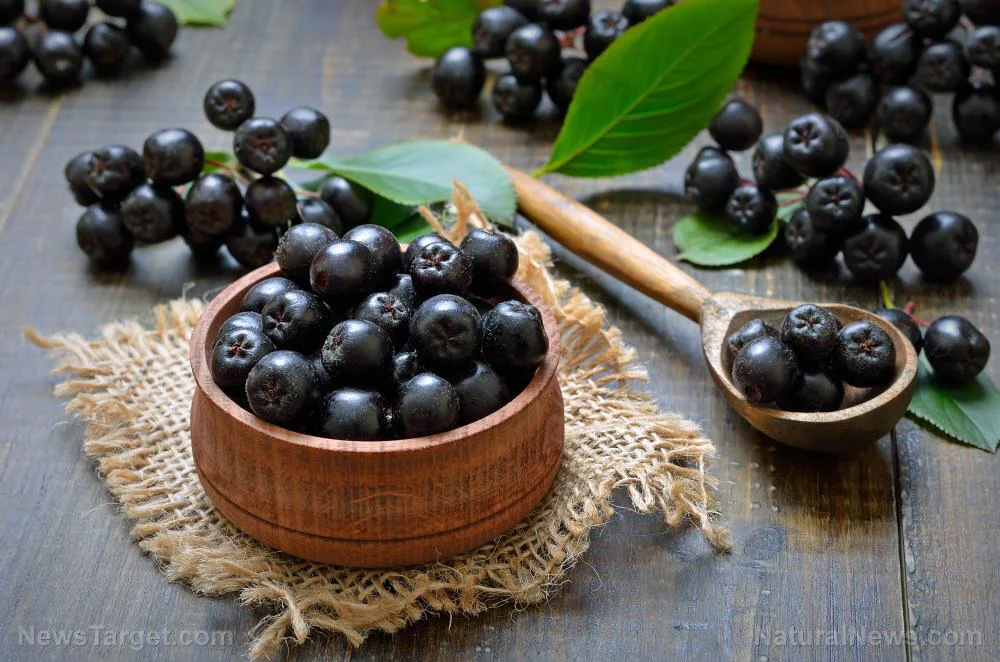
Despite its hardiness, chokeberry farming faces some hurdles:
- Limited Market Awareness: Outside Eastern Europe, chokeberries are relatively unknown.
- Tart Flavor: Requires processing to appeal to most consumers.
- Perishability: Fresh chokeberries spoil quickly, complicating logistics.
- Labor and Mechanization Costs: Harvesting large plantations demands either significant labor or costly harvesting equipment.
Future Prospects for the Chokeberry Industry
With increasing awareness of superfoods and natural health remedies, chokeberry’s global demand is expected to grow, especially in:
- North America
- Western Europe
- Scandinavia
- Asia-Pacific health food markets
Poland, as the world’s leading producer, is well-positioned to benefit from this trend. Producers are also investing in innovative chokeberry products, like energy bars, beauty supplements, and functional beverages.
Final Thoughts
To conclude, Poland is the largest chokeberry producer in the world, with extensive commercial plantations, an established processing industry, and a vibrant domestic and export market. Supported by a rich agricultural tradition and health-conscious consumers, Poland has transformed this once-obscure North American berry into a major superfood crop in Europe.
As global demand for antioxidant-rich, functional foods grows, chokeberry’s status as a nutritional powerhouse is poised to rise — and Poland’s leadership in its production will likely remain unchallenged for years to come.
